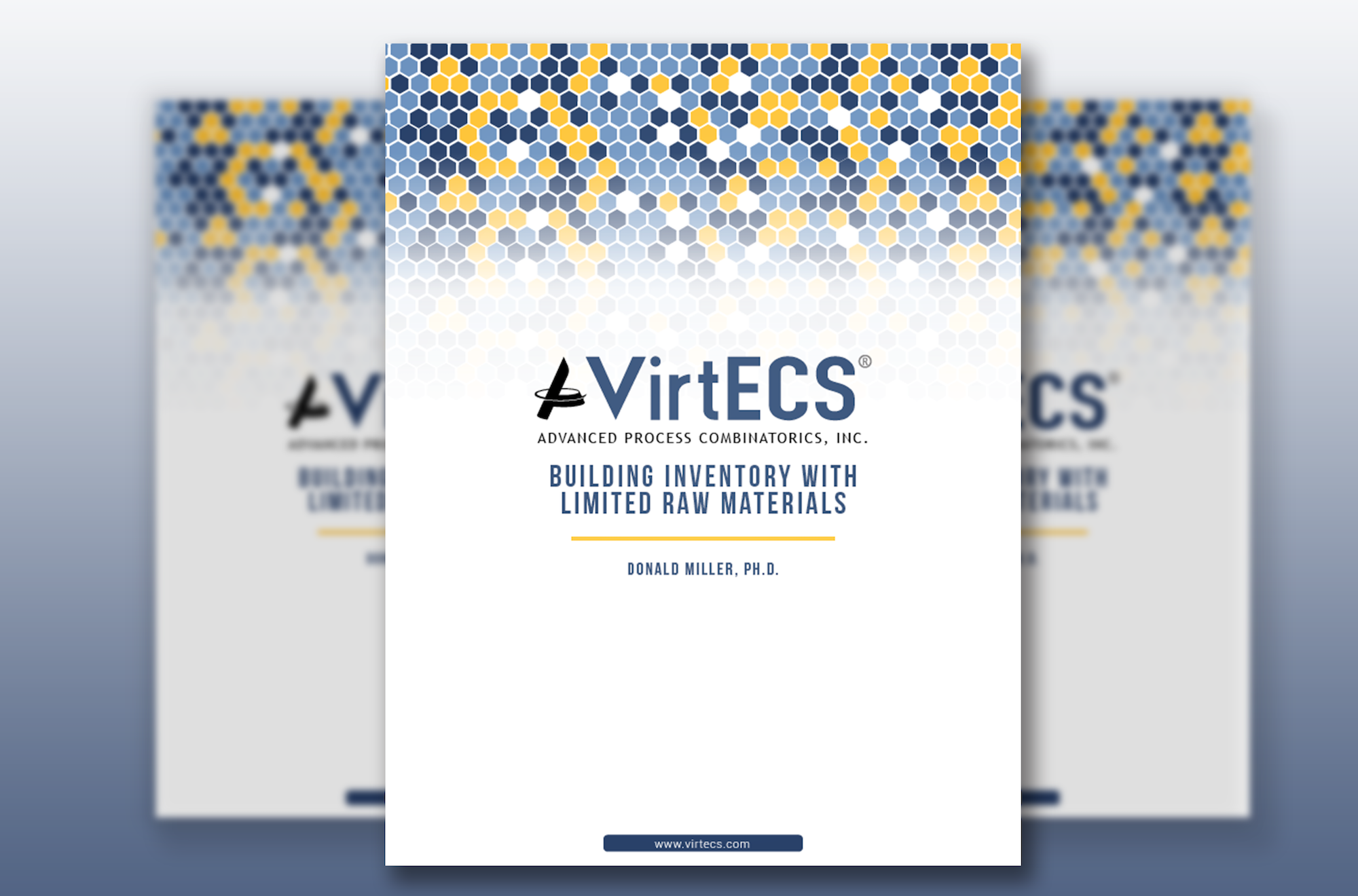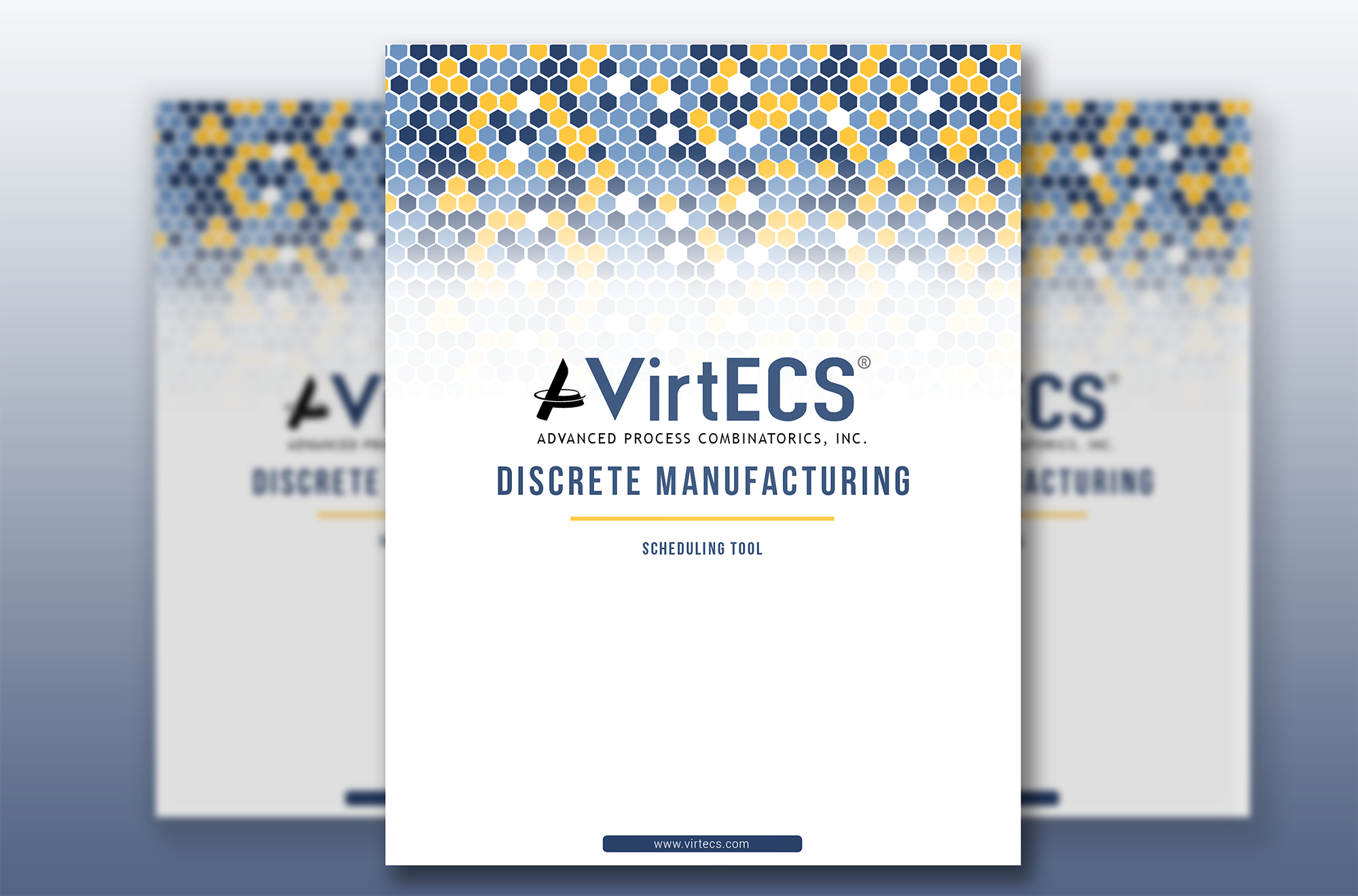As we’ve covered in previous articles, semiconductors are making quite the entrance to the United States manufacturing landscape. For years, the semiconductor industry was limited to a small geographic area in Asia. Between newly imposed tariffs and pandemic-influenced supply chain interruptions, it’s recently become more appealing for companies to move their production sites elsewhere. To win over some of the business, the US will soon begin distributing at least $54 billion to companies who bring their semiconductor chip production to the States.
Naturally, many manufacturers are eager to take advantage of the funding. Intel, Samsung, and TSMC are just a few of the corporations who have committed to opening new US plants. Now the question is: where will they choose to build?
What’s at Stake and Who’s in the Game
As of early 2023, semiconductor companies have pledged to put a combined $183 billion into their US facilities, generating upwards of 30,000 new jobs. According to McKinsey, the general manufacturing industry is responsible for 35% of all productivity growth and 60% of all exports in the US. Landing even one of these new semiconductor sites will bring significant economic advantages to the chosen city and state.
As a result, many states have already approached semiconductor companies to position themselves as the best possible location for a new plant. For example, Michigan has highlighted their history of automotive manufacturing and the recent focus on electric vehicles, which rely heavily on semiconductors. NBC News has reported that Kansas has completed proposals on how to best use the federal funding within their state. States like New York, Ohio, and Indiana have already been selected for new sites, which they’re using to their advantage as they pitch their state to other companies.
While the supply chain stability and funding opportunities are attractive for semiconductor companies, making a move to the US can still come with risks. The economy has been in flux, costs are rising, and manufacturers have dealt with a labor shortage for years. Selecting the most ideal location and state within the US is essential to overcome potential roadblocks.
What Manufacturers Should Evaluate When Choosing a Site
When evaluating a potential location for a semiconductor site, one major deciding factor for many companies is the quality and experience of the workforce in the area. Without a skilled labor pool, companies are forced to spend additional time training new hires, use resources to relocate employees, or operate at a lower capacity until more team members are brought on. States that offer prestigious universities or education programs in engineering and other relevant fields can help ensure that the plant is well-staffed with quality employees. Notably, semiconductor producer SkyWater Technology recently chose Indiana as the site of its new plant due to the highly rated workforce training programs at Purdue University.
In addition to quality education programs, a history of manufacturing in the area can also give semiconductor companies access to experienced workers and an existing framework for the industry. Last year, Micron selected upstate New York as the site of a new plant thanks to its reputation as a manufacturing powerhouse, as well as the access to hydro and nuclear power plants. Plus, as we mentioned earlier, states that are home to other manufacturers who will buy semiconductor chips offer a new, built-in customer base. Choosing an area with these resources means it may be easier for the plant to scale up production more efficiently.
Another key factor to consider when selecting a new site is additional incentives a state may offer on top of federal subsidies. According to McKinsey, New York, Arizona, and Texas are just a few of the states who have given tax incentives to semiconductor companies who chose to build within their borders. Unlike federal funding, which businesses will have to apply for, state incentives can be implemented immediately. These additional offers can make it more financially viable for manufacturers to complete their transition to the US.
How to Generate Success Sooner
These advantages and incentives from states can help semiconductor sites get up and running more efficiently, but for continued success, manufacturers often need a more strategic planning solution. For an optimized floor layout and production schedule that maximizes output and profits, we recommend engaging in capacity analysis before plant construction begins.
Using advanced software like VirtECS® during the building process allows your business to avoid bottlenecks and generate the most possible product from the start. Plants that don’t utilize capacity analysis upfront later find they must spend more time and money to fix these issues that prevent them from scaling production when needed. If you’re interested in implementing a capacity analysis and optimization tool at your current or future plant, you can download our short guide to discover the proven benefits of VirtECS®.









